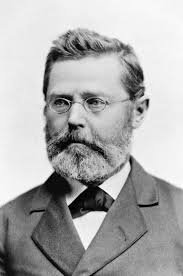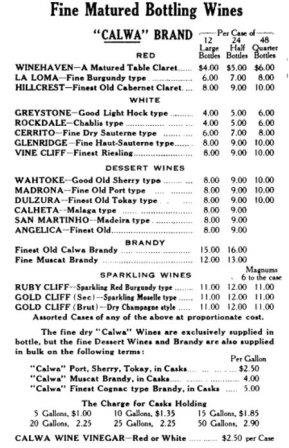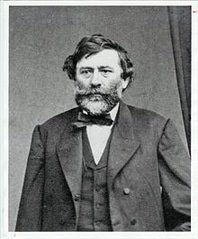A Short History of California Wines
The Spanish were the first winemakers in California-they planted vineyards along with each mission they built. Well, I mean…you need wine for communion, right? For the most part they planted what has become known as the “mission grape”.
The Gold Rush (1849) brought an influx of winos and hence a new demand for wine; it was then that the industry took hold in Sonoma and Napa.
The first secular vineyard in CA was established in Los Angeles by a guy from Bordeaux. He was the first dude to import vines from France, around 1850.
In 1856 a Swiss immigrant planted grapes in the Shenandoah Valley in the Sierra Foothills, near where gold was first discovered.
Buena Vista was the first commercial winery in CA, opened in 1857 (located in Sonoma).
2 years later the first winery in Napa was opened by a guy named John Patchett, who hired Charles Krug as his winemaker (known for mediocre jug wine in the ‘80’s). Krug was an innovator and could be termed the grandfather of California Wine. Subsequently, his winery was bought by Robert Mondavi.
In 1860 the first winery in the Sierra Foothills was established (D'Agostini Winery).
Around this time several wineries that are still around to this day were established including Gundlach Bundschu, Inglenook, and Markham.
Chinese immigrants played a big part in establishing these wineries in the early years digging cellars, and harvesting grapes, planting vineyards. Now they’re buying up all the wine.
The first European Grapes (“vitis vinifera”- grapes that make most of the wines we know today) were actually planted in New Mexico (check out our Gruet Sparkling wine that hales from there).
In 1852 Almaden Vineyards was established, and became the first winery to focus on single varietals. They began growing Cab Sauvignon, Pinot Noir, Semillon, and others.
1861, Agoston Harazthy (“The Father of CA Viniculture”) travelled to Europe and purchased 100,000 vines of 200 different varieties and distributed them to growers at the behest of the state legislature.
The late 19th century saw the phylloxera epidemic (pale yellow sap-sucking insects, which feed on the roots and leaves of grapevines) in California which had destroyed much of Frances vineyards. Fortunately, Amerca had helped cure Frances’ epidemic (I don’t remember hearing a “thanks” for saving your arses, French people!) by grafting vines to resistant American rootstock, so the Californians quickly rebounded and used the opportunity to plant new varieties.
By 1900, over 300 varieties were being grown in CA
But then, the darkest hour: January 16, 1919. Prohibition. Last Call! By the time it was repealed, only 140 of the 800 or so wineries remained, and it took awhile to recover.
By the 60’s California was known for mostly crappy, sweet wines (sherry, port, burgundy) made by esteemed names such as Cribari, Gallo, Italian Swiss Colony, Paul Masson, Almaden, Boones Farm.
In 1956, Frank Schoonmaker (a wine merchant and author of “The Encyclopedia of Wine”) convinced Almaden to plant the largest single planting in history of varietal (chardonnay, merlot, Cabernet, etc) grapes. They started using the names of the grapes to identify the wines which gave consumers a better understanding of the wine they were purchasing, and the qualities it might have, which is how we identify wines to this day.
Today, California accounts for nearly 90 % of American wine production, and there are more than 1200 wineries in CA

Charles Krug

Wine Price List, late 1800's



